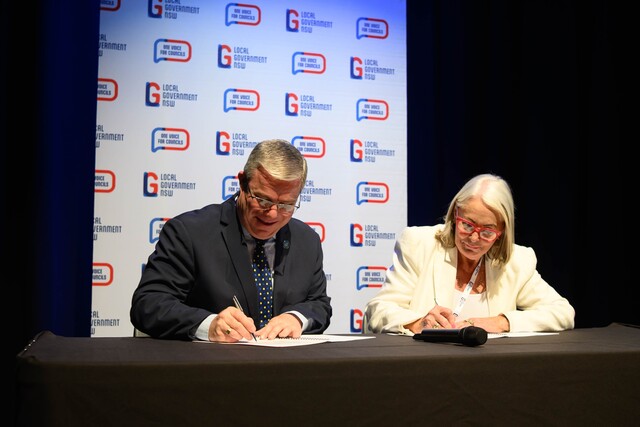South Australia has topped the HIA Housing Scorecard aimed at increasing the housing supply, according to the group’s chief economist Tim Reardon.
The HIA Housing Scorecard report presents analysis which ranks each of the eight states and territories based on the performance of 13 key residential building indicators against their decade average, covering detached and multi-unit building activity, renovations, housing finance and rates of overseas and interstate migration.
“South Australia has topped the list with strength across a number of leading indicators of building activity, including approvals of new work, expenditure on renovations and activity on the ground,” Mr Reardon said.
“This strong performance will be supported by policy changes announced in this year’s State Budget which included a reduction in stamp duty, the release of 25,000 blocks of land and an investment in public housing stock.
“Conditions for the residential building industry are undergoing a rebalancing as the market transitions from a record boom to the deepest trough in over a decade in 2024. As the industry progresses through this cycle, building activity in each region is starting to diverge.
“Queensland has maintained second place on this Scorecard on the back of strong renovations and multi-units activity. Queensland is continuing to attract a large number of interstate and international migrants which are supporting home building. Despite this level of migration, building activity in Queensland remains constrained by a shortage of skilled labour.
“The Australian Capital Territory took out third place in the Scorecard, supported by its multi-units and renovations sectors, along with the remarkable return of overseas migrants and students.
“Western Australia’s home building industry has faced significant capacity constraints. While it ranks fifth in this Scorecard report, the continued inflow of people from interstate and overseas provides its home building industry strong potential moving forward.
“New South Wales and Victoria have fallen down the list as the rise in the cash rate has adversely impacted these markets more significantly given their higher land costs. This will see activity in these regions slow more than the rest of Australia.
“Supporting new home building in these markets by reducing costs, attracting more investment and improving capacity are essential to ensure that an adequate supply of new homes commence construction,” Mr Reardon concluded.








